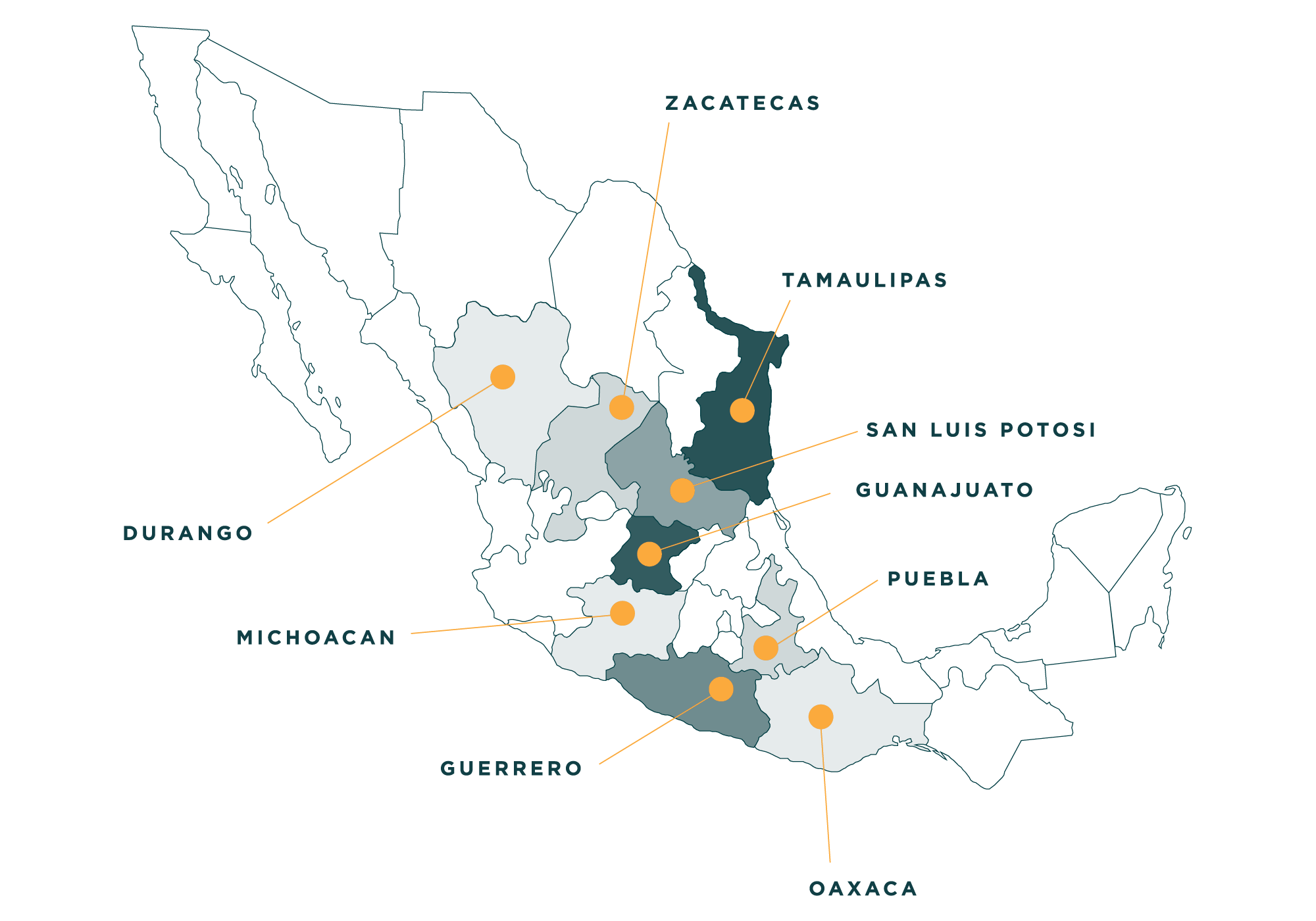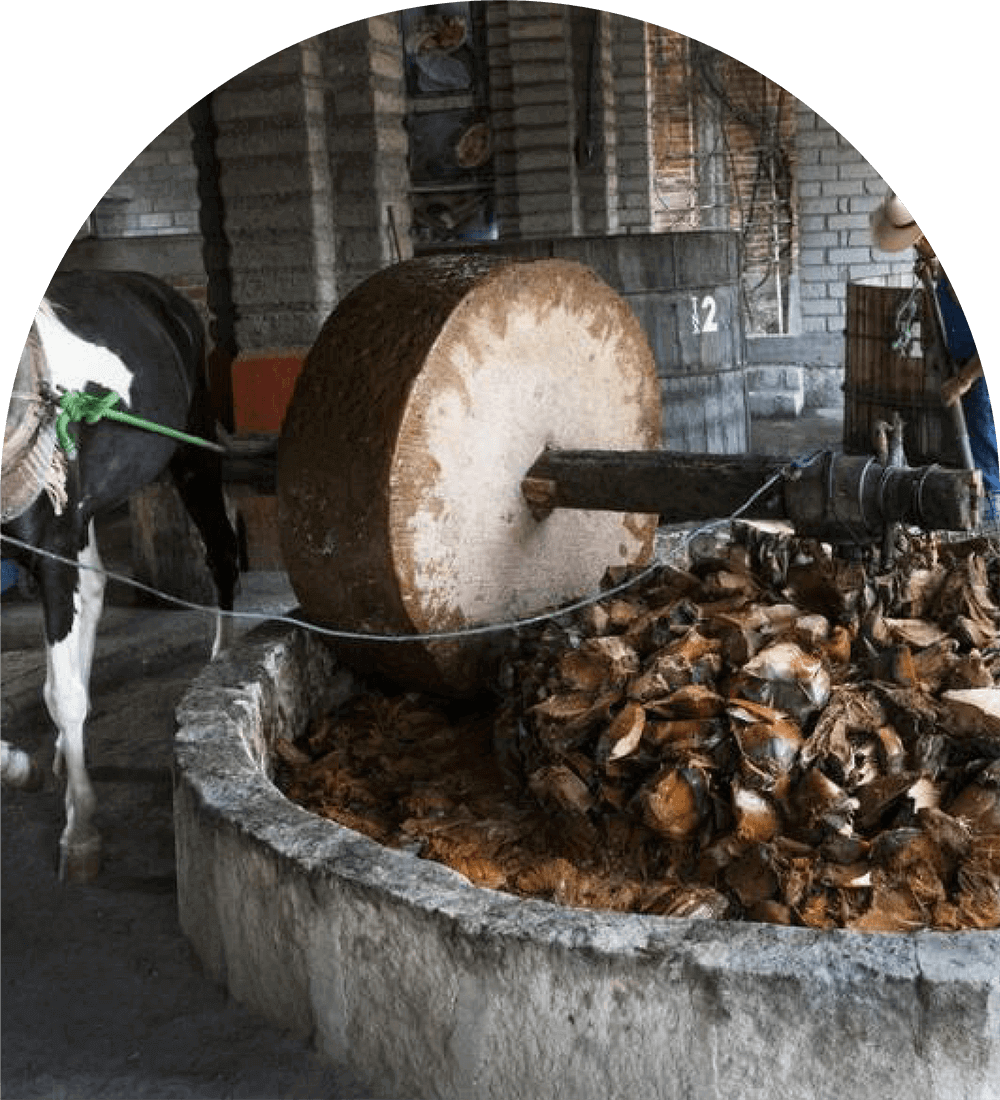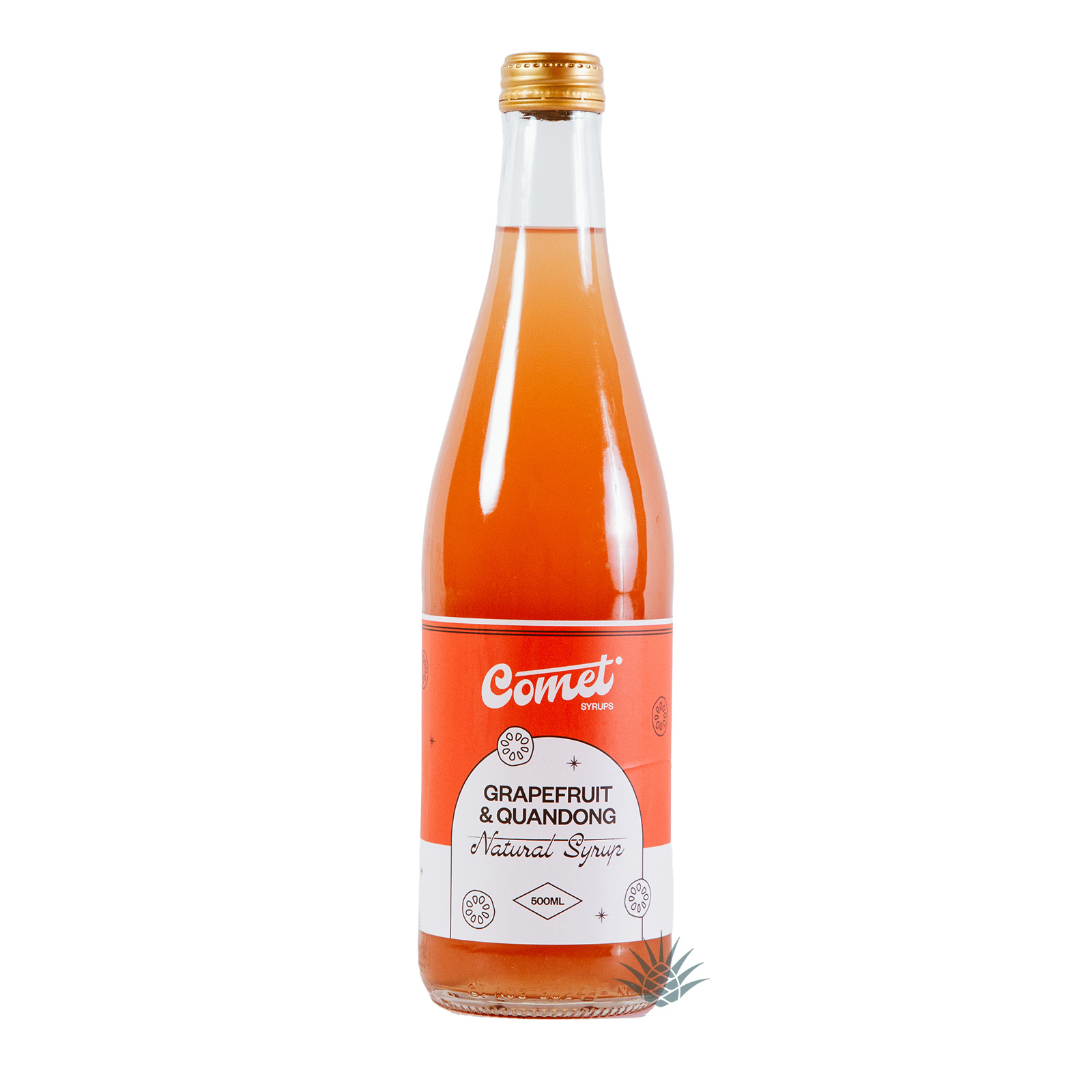The History of Mezcal
Mezcal is often confused with tequila. However, they are two very different spirits and should not be confused with one another. Mezcal is another name for the maguey plant, as well as the generic name for spirits distilled from agave. Technically, tequila is a form of mezcal, not the other way around!
400 years ago, when the Spanish conquerors arrived in Mexico, they taught distillation techniques to the native inhabitants and the first distilled spirit in the Americas was born: Mezcal. Like a whiskey or scotch, mezcal has many variations and characteristics as a result of the different types of agave that are used to produce it.

What Agave is Used to Make Mezcal
Mezcal can be made from over 30 different types/sub species of agave that are native to 9 states of Mexico. The most common contributing around 90 percent of mezcal volume comes from Agave Espadin.
But other common agaves used in the production of Mezcal include Cuishe, Tepeztate, Tobala, Largo, Pulque, Azul, Blanco and Mexicano. Oaxaca is considered the official home of mezcal producing most of the country’s Mezcal.
However, Mezcal is native to the states of San Luis Potosi, Michoacán, Jalisco, Durango, Guerrero, Puebla, Zacatecas, San Luis Potosi, Guanajuato and Tamaulipas.

Mezcal is protected via “Denomination of Origin”
The Official Mexican Standard acts as a type of support in the process of certification, verification and monitoring of mezcal. Internationally, mezcal has been recognised as an Appellation of Origin (AO, DO) since 1994.
There is also a Geographical Indication (GI), originally limited to the states of Oaxaca, Guerrero, Durango, San Luis Potosí, Puebla and Zacatecas. Within Mexico, mezcal is regulated under Norma Oficial Mexicana (NOM) regulations, originally NOM-070-SCFI-1994 (in 1994), by the industry body Consejo Mexicano Regulador de la Calidad del Mezcal A.C. (COMERCAM, the Mexican Regulatory Council for Mezcal Quality).
There are currently 9 states protected by Denomination of Origin.

How Mezcal is made
Quality producers of mezcal still use the same traditional methods of hand harvesting the agave, roasting the core of the agave (the piña) in underground wood-fired pits. Post cooking this releases the simple sugars, with a candy flavour.
We then begin the milling process and the best do this via a rotary stone mill called a tahona or Egyptian mill. Some even use the Ancestral method of timber mallet and smash by hand.
Both processes gently break down and presses out the liquid ready for fermentation where yeast feeds on the carbohydrates and simple sugars found in the crushed matter. Usually sitting in timber, clay or concrete vats for 3-5 days bubbling away.
Distillation then occurs from the fermented liquids in copper stills, where it simmers away creating vapours that then crystallise into liquid giving us the first cut, the “punta” or first distillation. From there many distil a second time.
Some also do a third distillation if adding in further fruits, spices, meats, grains and nuts. Each recipe is unique to the family, region and tradition of the area.
This important spirit is the traditional toast of ceremonial occasions, such as baptisms, weddings and even death.
Growing
Harvesting
Cooking
Grinding
Fermenting
Distilling
Mezcal Flavour & Aroma

























